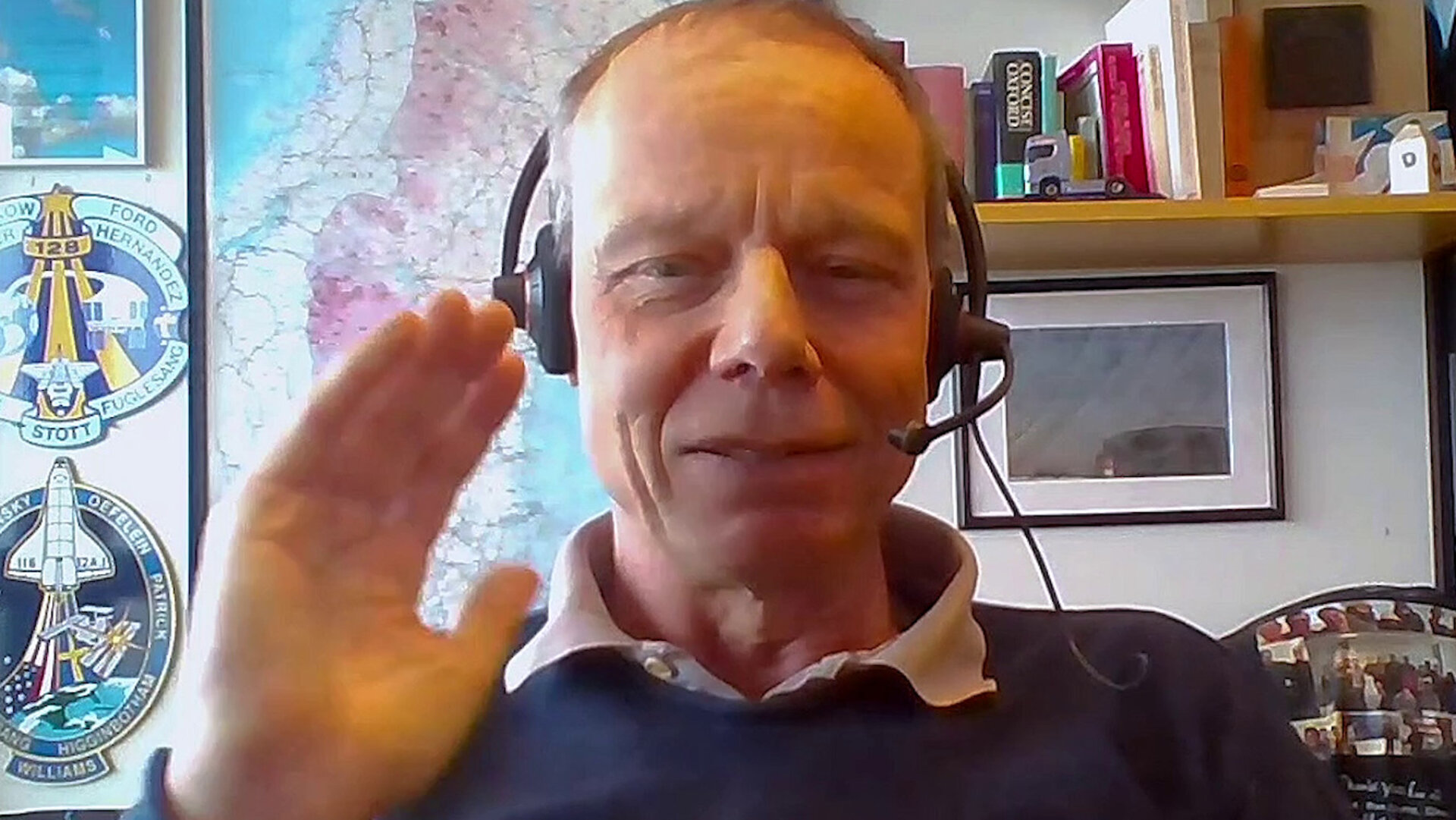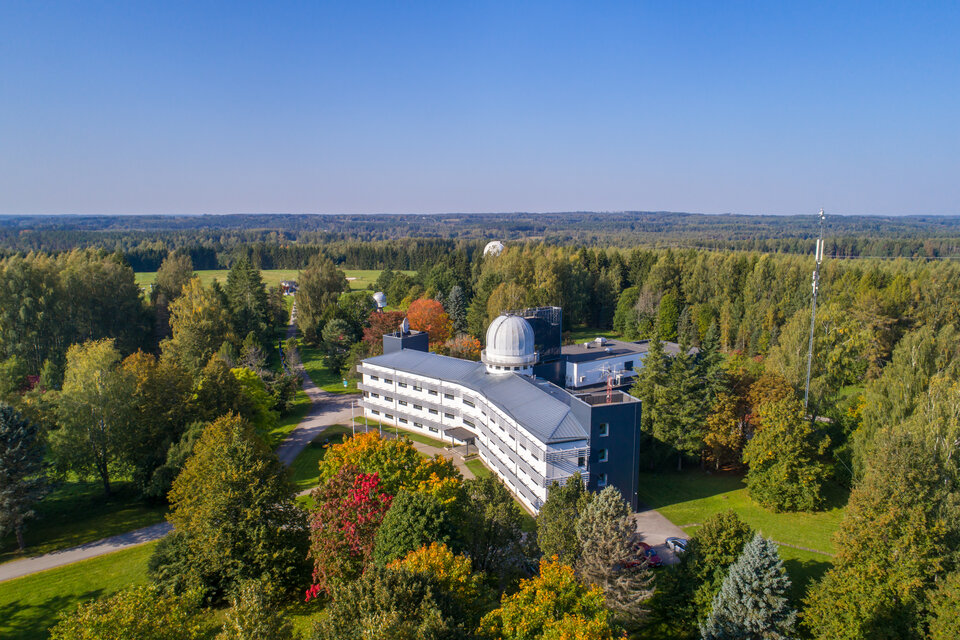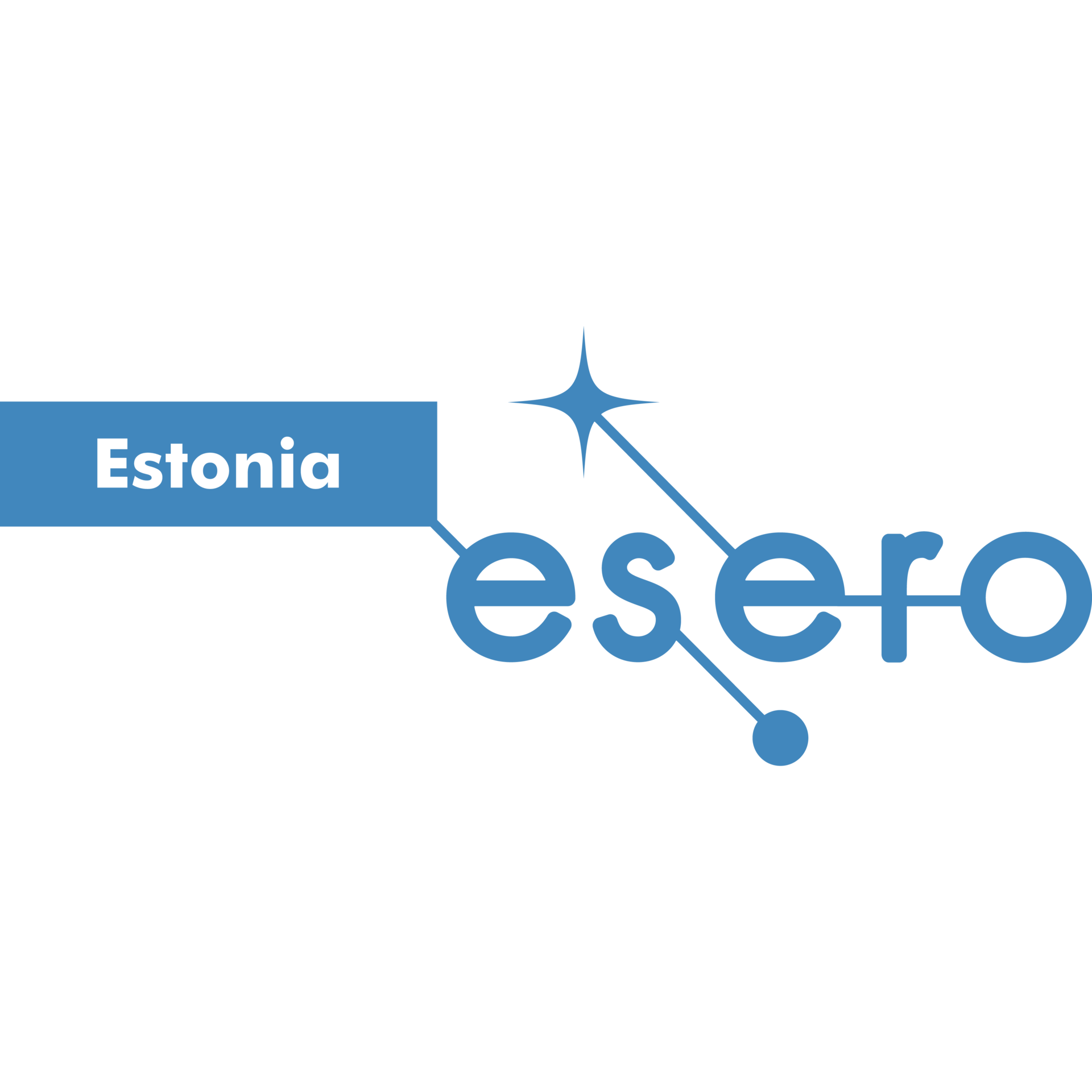Launch of ESERO Estonia: space to support STEM education in school
The European Space Education Resource Office (ESERO) in Estonia was officially launched on 3 March 2021. ESERO Estonia, hosted by the University of Tartu and led by the Tartu Observatory Visitor Centre, joins ESA’s growing ESERO network, currently active in 18 other ESA Member States.
ESERO is ESA’s flagship project in support of school education. Over the past 15 years, ESERO has used the inspirational power of space for the teaching and learning of STEM (Science, Technology, Engineering and Mathematics) subjects at school – a very effective approach adopted by hundreds of thousands of teachers across Europe since the project started.

ESERO Estonia was inaugurated during a virtual launch event hosted by the University of Tartu and held in the presence of Madis Võõras, Head of Estonian Space Office and Head of Estonian ESA delegation; Chiara Manfletti, Head of ESA’s Policy and Programme Coordination Department; Imbi Henno, Chief Expert of General Education Department, Estonian Ministry of Education and Research; and Antti Tamm, Director of the Tartu Observatory.
“Tartu Observatory has a track record of 200 years of science excellence. However, education and science popularisation has always been considered important here, for the sake of the development of science and the whole society. By joining the ESERO family, we reaffirm the importance of supporting teachers and educating students, to nourish their interest in STEM subjects, enhance their competences and skills, and stimulate them to pursue a career in this domain, including space,” said Antti Tamm, Director of the Tartu Observatory.

All ESEROs are driven by common overarching objectives and are run under the coordination of ESA with the contribution of multiple national organisations and institutions. Best practices and resources are exchanged within the network, but the national activities are tailored to the national education curricula, needs and context.
“The ESERO project is a very good example of the multiple tangible benefits space can provide to society”, said Chiara Manfletti. Head of ESA’s Policy and Programmes Coordination Department. “We need to ensure that future citizens have the scientific knowledge and skills expected from them in the 21st century, and that they are able to keep fostering innovation. The space context has proven to be an incredibly powerful means to achieve this,” she continued. “Through solid national partnerships and a bottom-up approach, the ESERO project is able to respond to the specific needs of each ESA Member State in the field of school education, bringing valuable return of investment to society.”


Access the video
Estonia has a long tradition in astrophysics research, and has contributed to several ESA scientific and technology projects. Estonia’s cooperation with ESA started with the signature of a Cooperation Agreement on 20 June 2007. In 2015 Estonia officially became the 21st ESA Member State and, in addition to astrophysics, is active in several fields including Earth Observation, life and material sciences, and space technology. Estonia’s first satellite, ESTCube-1, a technology demonstrator developed and assembled by the University of Tartu as part of the Estonian Student Satellite Programme, was launched in 2013 by Vega (flight VV02). In 2018, ‘Myoton Pro’, the first research instrument developed in Estonia arrived at the International Space Station. Most recent highlights include Estonia's participation in: ESA science missions Comet Interceptor and Ariel; contributing to NASA Artemis programme; and winning a 7.5-million Horizon 2020 grant for developing a tomography scanner based on cosmic myon particles instead of harmful X-rays.
In such context, the ESERO project will therefore contribute to responding to the continuous demand for qualified specialists and professionals. This is especially important in a historical moment when rapid developments in space are opening up new opportunities within the sector in Estonia and across Europe.
ESERO primarily addresses teachers – the key access point to students – by means of teacher training and an innovative didactic approach based on real-life professional practices and role models. The project also offers direct opportunities for students via interdisciplinary school projects and initiatives.
ESERO in Estonia

Under the leadership of the Tartu Observatory, and with the continuous support of ESA, ESERO Estonia can rely on the educational and pedagogical expertise of key national partners, the Energy Discovery Centre and Science Centre AHHAA.
In the last months, ESERO Estonia carried out a thorough study with the aim of identifying national needs and understanding how ESERO will be able to add value to school education in Estonia. During this study an analysis of the Estonian curriculum and the national teacher training practices was done, as well as multiple consultations with teachers and the Ministry of Education. The study was presented during the event by ESERO Estonia Manager, Heli Latt, highlighting niche-areas where ESERO can have the greatest impact, providing recommendations on the format of teacher trainings, and assessing the role of ESERO and ESA’s space–related resources in meeting those needs.
The results of the study will contribute to meeting one of the project’s key objectives: to reach the whole territory in an inclusive way, by ensuring that the widest possible range of ESERO opportunities are available for school teachers and students across the whole country.
In-school teacher training will form the backbone of the ESERO Estonia activity portfolio, structured to set the scene of the real-life space context before introducing relating curriculum-relevant practical activities for the classroom. ESERO Estonia will also provide free innovative classroom materials that cater to the Estonian STEM curriculum, interdisciplinary school projects and activities, STEM career information, as well as access to role models from the industry and academia.
For more information on ESERO Estonia, please visit https://esero.ee/
ESERO in Europe
ESERO is ESA’s flagship educational project targeting primary and secondary school education in Europe. With Estonia joining, the European network of ESERO offices now covers 18 ESA Member States: Austria, Belgium, Czech Republic, Denmark, Estonia, Finland, France, Germany, Italy, Luxembourg, Ireland, Italy, the Netherlands, Norway, Poland, Portugal, Romania, Spain, and the UK.


